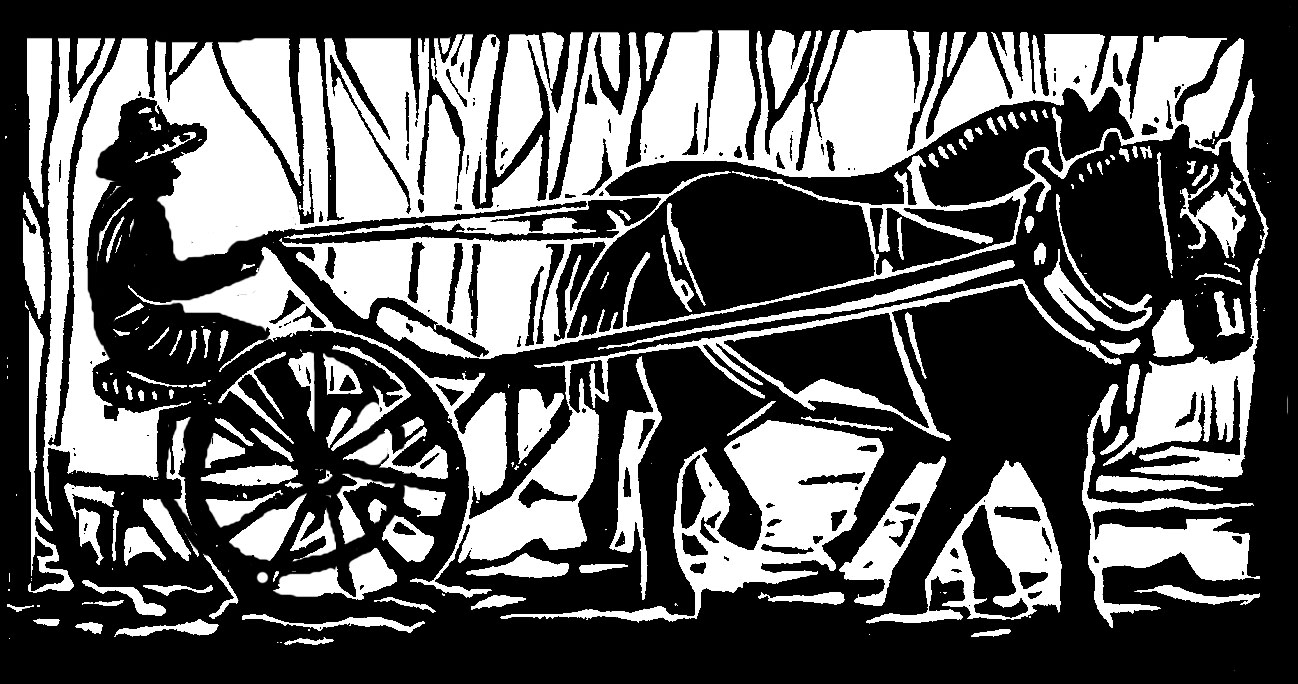In June, we farmers always want our place to look nice. After all, it's the beginning of the harvest season, when we welcome new and returning CSA members to the greenhouses and gardens and the vegetable distribution shed. This time of year, my fellow farmer and I try to look at our farm with new eyes: we like to pretend we are brand new CSA members.
First we vroom up the farm road in our make-believe cars, on the way to our first exciting CSA pick-up. We eye the burgeoning multiflora rose hedge along the road dubiously. Did the road crew succeed in trimming it back adequately this year? Will people be able to park, without scratching their fine vehicles or their fine bare summer arms? We park our make-believe cars, which are not scratched at all. Excellent!
Then we assess the driveway. Are there any dead chipmunks and mice, or some viscera perhaps, thanks to our lovely two new kitties, ambitious in their youthful hunting years? Or are the kitties themselves there in the driveway, presenting a friendly, purring countenance to welcome everyone? (Or perhaps it is our scratch-bitey kitty, who, if not presenting a friendly countenance, at least presents a familiar one, to returning members. He has been scratching and biting CSA members for years now.)
“What cute kitties,” we croon from afar, or pet from close up, depending on the nature of the cat. “What a nice CSA farm!”
Next we check for piles of horse manure in the driveway of this nice CSA farm. Our four draft horses don't seem too concerned, on their way to and from pasture or gardens, whether our driveway is presentable. Happily the same shovel that picks up dead animals works well for horse manure too.
While the one farmer shovels, the other farmer, who is enjoying being an excited newly arrived CSA member, instead of a dead animal and manure shoveling farmer, checks out the the charming herb garden. Is it, in fact, charmingly dug and planted, reminding CSA members of their lovely summers in the lavender fields of Provence, or are the poor herbs still languishing in their pots, waiting to be transplanted and to become charming?
And another question: are the languishing herbs in the company of other languishing plants on the wooden tables next to the herb garden? Or have the farmers gotten all the tomatoes and basil and sweet peepers and squash into the greenhouse beds weeks ago, where they are now flourishing?
The CSA member/farmer peeks in the open door of the greenhouse. “'Ooo,” she says, “Look at those beautiful tomatoes! Look how big they are!” Excellent indeed. By the beginning of July, by the looks of the fruit, there will be scrumptious heirloom and standard tomatoes ready for eating.
The shoveling farmer rejoins the CSA member/farmer, and both are quite happy that there are no languishing plants that need to be planted in a hurry, before this new member tour is over. Plus the grass has been nicely mowed, which both cuts down on ticks and cuts down on the unkempt, scraggly farm look.
At last we are at the harvest shed, the true goal of excited CSA members, looking forward to the fresh crisp first greens of the season. Here we find the bamboo shades in good repair, keeping the sunlight away from the fresh and crisp, so that the fresh and crisp do not become limp and sad.
We find that the shed has been cleaned of its winter accumulation of lawnmowers, buckets, and errant tools, and that the harvest tables are in place. One CSA member/farmer shakes the tables vigorously, making sure heavy crates of produce and wooden tables don't fall upon innocent and excited new members. Luckily, the drill is handy, so we can screw the tables to the wall for a little insurance.
Then we notice that the harvest chalkboard has not been erased from last November's final CSA harvest. We admire a moment the evidence of all those vegetables we gave out so many months ago. We hope that we have a good harvest again this year. One of us erases, and then writes a fresh new greeting: “Welcome to Hillside Springs Farm!”
“Welcome! Welcome!” says one farmer to the other, offering a hearty handshake.
“I am so excited!” the other farmer shakes hands with equal gusto. “What a nice CSA farm! What a really really really nice CSA farm! Gee, I'd like to live here!”
“Gee, you're in luck!” The one farmer ceremoniously presents the dead animal and manure shovel.
The other farmer takes a step back. “Oh, no! No, thanks! I'm a newly arrived and excited CSA member! Remember?"
Originally published in the Monadnock Shopper News, June 8 - June 14, 2016
